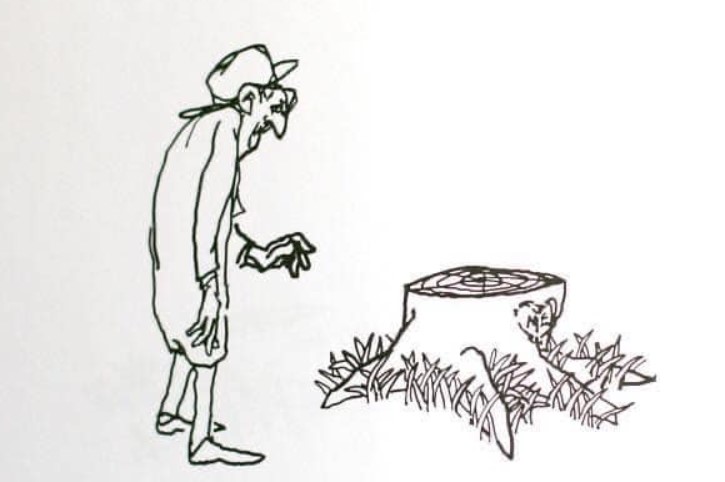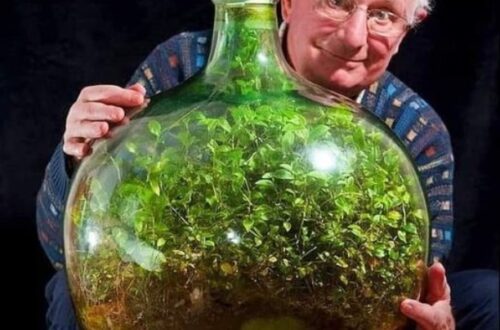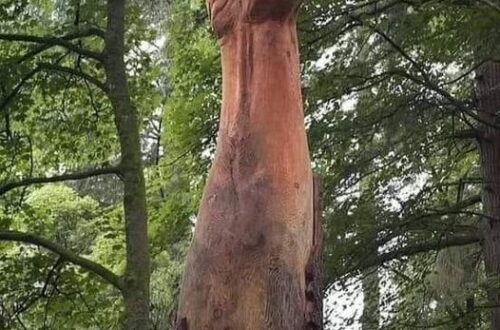…And after a long time the boy came back again.
“I am sorry, Boy,” said the tree, “but I have nothing left to give you-
My apples are gone.”
“My teeth are too weak for apples,” said the boy.
“My branches are gone,” said the tree.
“You cannot swing on them-“
“I am too old to swing on branches,” said the boy.
“My trunk is gone,” said the tree.
“You cannot climb-“
“I am too tired to climb,” said the boy.
“I am sorry,” sighed the tree.
“I wish that I could give you something… but I have nothing left. I am an old stump. I am sorry…”
“I don’t need very much now,” said the boy, “just a quiet pleace to sit and rest. I am very tired.”
“Well,” said the tree, straightening herself up as much as she could,
“well, an old stump is a good for sitting and resting. Come, Boy, sit down. Sit down and rest.”
And the boy did.
And the tree was happy.”
Shel Silverstein – The Giving Tree, 1964.
Appreciating Trees for Art, Warmth and Beauty
They exhale. With one short paragraph of conversation, I’ve been schooled anew in the art of appreciating trees and their warm, beautiful bodies. Wood is a resource that is perpetually undervalued in western society, on account of what I believe to be a tragic disconnection with the material’s ever palpable and tactile nature.
In the suburban U.S., the closest that most kids get to wood comes in the form of paper and self-lighting fireplaces. Unless you live up north, you don’t see too many wood stoves for heating these days, and the idea of using wood for art – be it sculpture or prints, like Kate enjoys – is something that only the artsiest of folks might consider.
Coincidentally, Kate does hail from far up north, Connecticut to be exact, and in their next sentence they tell me about their routine over winter break: “I’d get up, put the coffee on, and light the rest of the fire we had from the night before, before heading out to the shed to get more fuel.
” It was poignant, I thought, that wood for Kate was both a medium through which they could express their artistic passion and a source of heat that they and their mom relied on to get through the cold New England winter. For the first time in my mind, it made sense that the same fuel that we’ve relied on for survival throughout human history, could be made into works of art that take us back to our roots.
And we certainly won’t be able to appreciate the living wonder of these gorgeous beings if we can’t first accept our intimate reliance on
So, this winter, I encourage you to get outside and start engaging with the trees that stand. Go out into the woods and find your own medium for art, your own warmth, from the very place where all humans come from. That ancient forest of earth, in whose shade our ancestors survived and evolved, has now all but been destroyed in the wake of our incurious modern craving to consume. But we, together, can break the mold.
Go into the forest. Go in the snow, the rain, the sun. Feel her chill, hug her trees, engage with her floor, the ever-shifting weight of her many creatures. Meet friends there. They don’t even have to be people (in fact, it might be better if they’re not). Other humans can sometimes make us feel like we’re the only ones here in this world, that we are all who matter, around which the rest revolves. But this isn’t true. Your forest is close. It gives and gives and gives.






